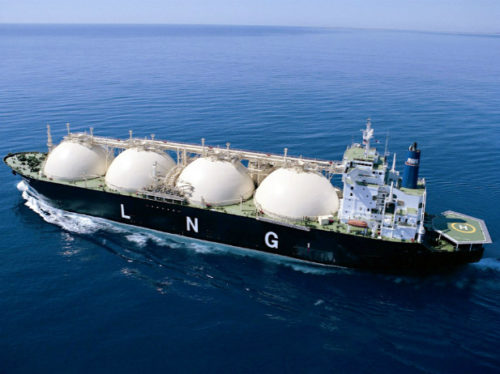Liquefied natural gas (LNG) shipowners will have to wait until 2018 for earnings to improve, when the majority of new US plants are expected to come online, according to the LNG Forecaster report from global shipping consultancy Drewry.
The first quarter of 2016 was no better than the previous quarter for LNG shipowners as spot rates remained low at around USD 30,000pd.
During the quarter two new liquefaction plants, Australia Pacific LNG (APLNG) and US Sabine Pass LNG, began operations, however the freight rates for LNG carriers remain low despite the new liquefaction trains coming online.
“The ramping up of Australian LNG exports will not bring any respite to LNG shipowners given the short-haul voyage distance between Oceania and Asian markets,” Drewry said.
“Inflated fleet growth over the last few years has led to a supply glut, which will keep the rates under pressure until 2017.”
Moreover, the recent commencement of exports from Train 1 at the Sabine Pass LNG terminal is not expected to increase LNG shipping demand as the cost economics of importing LNG into Asia from the US are unfavourable. The landed cost of US LNG, without mark-up, at current Henry-Hub and bunker prices is around USD 6 per MMBtu, while the spot price in Asia is currently between USD 4 and USD 5 per MMBtu.
“Based on the above considerations, we believe that the majority of the cargo from Train 1 will land up in either Europe or Latin America, for two reasons. First, demand from Far East Asian countries is weak, and second, in the current low-price environment it does not make much sense to import from the US. Thus, if this happens, tonne-mile demand will be one-third of what it would be if exports went to Asia,” said Shresth Sharma, Drewry’s lead LNG shipping analyst.
“All in all, the additional export volume is not expected to have any major effect on LNG shipping rates as this is being matched by vessel deliveries. Therefore, our outlook is that the market must wait till 2018 for more US plants to come online, as only large production capacity will consume inflated vessel supply,” added Sharma.
Related Posts:
Copyright Ships & Ports Ltd. Permission to use quotations from this article is granted subject to appropriate credit given to www.shipsandports.com.ng as the source.

